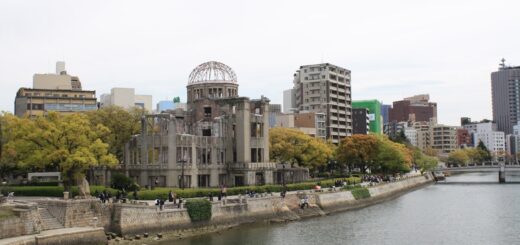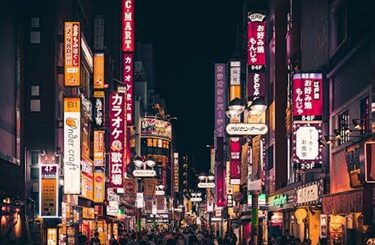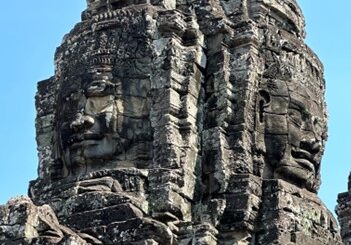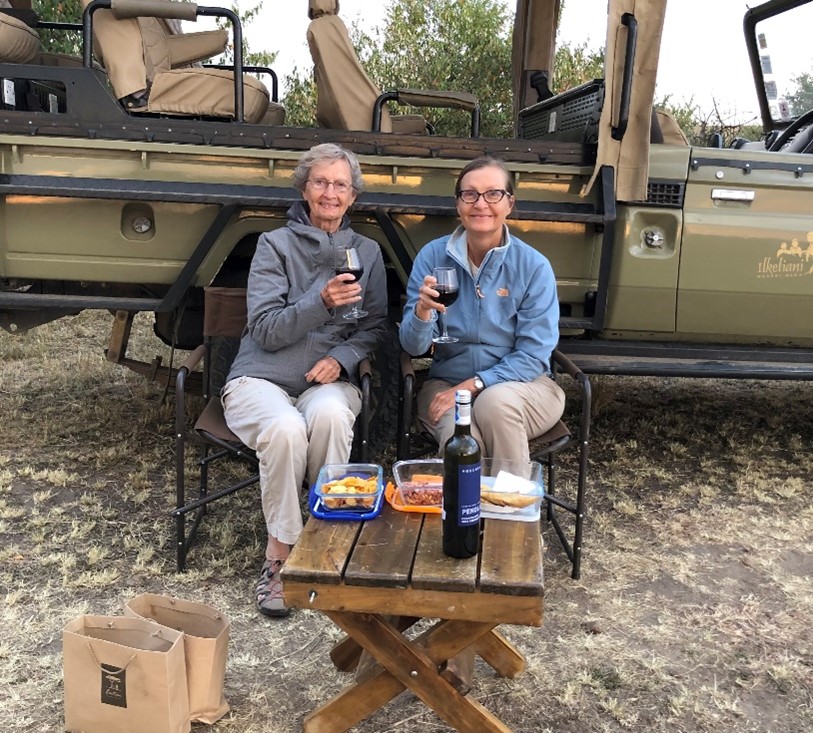Luang Prabang
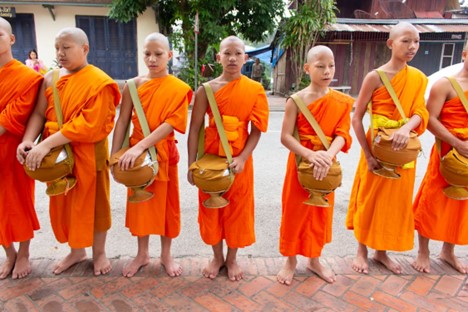
Travel Advice for Seniors: Luang Prabang
We loved Luang Prabang. It was exactly what we were hoping for when we booked a few days through Laos on our four-week trip through southeast Asia. We were hoping for somewhere off the beaten tourist track that would show us what Laos is really like, and I think we found it here.
Luang Prabang is a well-preserved World Heritage Site and rightfully so. It is located at the intersection of the Mekong and Nam Khan rivers. It has been inhabited for thousands of years and was the royal capital of the country until 1975. Important Buddhist temples and monasteries form part of the fabric of Luang Prabang and one of the highlights for us was getting up at oh-dark thirty to purchase some rice and vegetable packets to give the monks as they walked from the monastery up the street past our small hotel. This ritual happens daily at 5:30 am. After hearing the temple bells, the monks walk out in their orange robes, collecting offerings as they have for centuries.
This was part of the cultural beauty of Luang Prabang. Another very enjoyable part of our stay was venturing out in the early evening to find a place to dine along the riverbanks. Several restaurants are all located high up from the river, providing a fabulous view of the river and sunset, not to mention good food.
Another “can’t miss” activity is to attend the night market along the main street. This night market seemed predominantly for tourists, but there are grocery items, baked goods and fresh produce, etc. for locals. We walked up the hill to the main street in the early evening and had an enjoyable stroll up and down the market that took up the entire street. It was a bit crowded, but not too bad and prices were fair. Also, during the day we walked up a side street that housed the produce market which was mostly for locals.
Our tour began after landing from Vientiane, capital of Laos in the early afternoon. On the agenda were the Royal Palace Museum, Huan Chaun Heritage House, Wat Xiengyhong, the Traditional Arts and Ethnology Center and trek up Mt Phousi for a sunset view. We had a very good guide for our tour here, she was very persistent about making sure that we understood the concept of Buddhism and the meaning of the temples we visited.
The Royal Palace Museum is situated by the river, so that royal guests of the past could walk right up the hill from the river boat to visit the King. It was built in 1904 during the French Colonial era. The Pha Bang, a Buddha replica, is one of the most important sculptures on the grounds. Don’t miss the royal staterooms and he mirrored Throne Hall, where you can see the crown jewels of Laos. Not accessible.
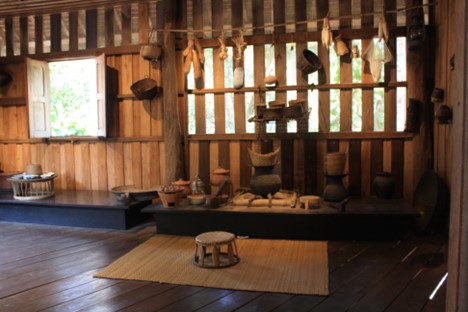
Huan Chaun Heritage House is wonderfully preserved traditional Lao longhouse on stilts. It has been outfitted with what a Lao home would’ve looked like about a century ago and is interesting to walk through. Allow about an hour or less. Not accessible.
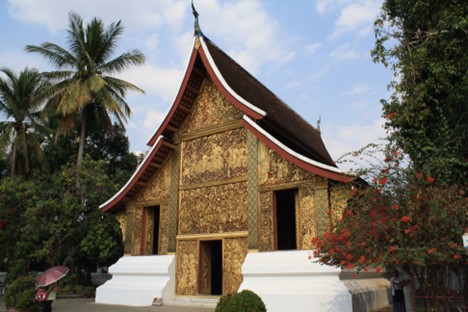
Wat Xiengyhong is a Buddhist temple and one of the largest in Luang Prabang. Historically, kings were crowned here, but it now operates as a working monastary. Built between 1559 and 1560 by King Setthathirath, it is especially noteworthy for the traditional Thai architecture in the finials.Accessible paths and ramps.
The Traditional Arts and Ethnology Center was our next stop. This Center has exhibits from all over the country and a fair-trade museum shop.
After a long day of exploring, we had just enough energy to slowly climb to the top of Mount Phousi to take in the temple there and a lovely view of the city and the converging Mekong and Nam Khan rivers. It is said that the mountain was once moved from Sri Lanka to Laos by the Monkey King Hanuman. Another legend says it was once the home of the powerful Naga, a figure in Asian mythology. Regardless, be prepared for the 355-step walk. It is not an easy climb, but the view is very nice at the top. After a small dinner along the river, needless to say, we slept very well!
The next full day was a highly anticipated trip to MandaLao Elephant Conservation. They offer a half day and a full day experience with the elephants and we choose the full day. It also offers a pleasant way to get out of the city and experience nature and also see what the Laotian countryside and villages are like. Note you will not be riding the elephants at all, but you will be able to feed them, walk with them and generally hang out with them.
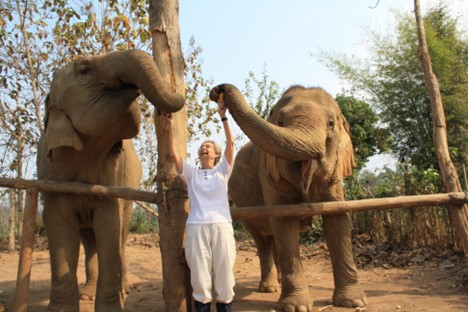
The elephants here have either been rescued from abandonment or injury in the wild or more likely rescued from the hard life of working in the low-end tourist trade or logging camps. The sanctuary exists on donations, and you will be given the opportunity right up front during the orientation and history talk to donate if you’d like.
The tour provides shoe-boots to wear to protect you from the mud. Be sure to bring along a hat and sunscreen. We first sailed across a small river and then walked up an incline to meet our elephant friends for the day. The elephants all have handlers or mahouts which they are familiar with and who mind them. We first had a photo session feeding the elephants and learned about their histories. Then we went for a slow walk with the elephants to watch them graze on the trees and tall plants along the way.
The bulk of the people on the tour had booked half a day, so the second half of the day we had the elephants to ourselves. The tour provided lunch for us, so we were able to have our lunch about twenty feet away from the elephants while they were having their lunch. Thankfully, they were not interested in our lunch! Our lunch was served on and wrapped in large plant leaves and there was quite a bit of several delectable dishes, no silverware though, so we went native and ate with our fingers, scooping up rice with the chicken and veggie dishes. It was very good.
We did walk a bit further to visit a small village at the edge of the Elephant Conservation. We passed locals working in a field on the way. The villagers had set up a few tables of handmade wares and we bought a few inexpensive things.
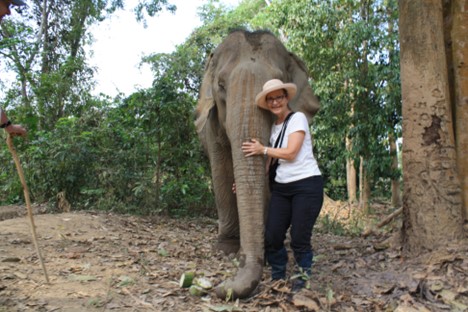
We again walked with the elephants on the way back to the small boat. We were allowed to get close to them and to hug their trunks and feed them close up Great photos. Overall, it was a very pleasant way to spend the day. The Conservation is doing good work here and if you get a chance to support it and spend a day with the elephants, we highly recommend it.Not accessible.
Where we stayed: Villa Chitdara. Breakfast included. Nice hotel, convenient location.Not accessible.
How we got there: Flight from Vientiane to Luang Prabang.This was part of a four-week private tour through Southeast Asia, touring Vietnam, Cambodia, Laos and Thailand.
General Accessibility Information: See notes above. Laos is generally not considered very handicapped accessible. Some tour operators may offer accessible tours and some high-end hotels may be accessible. Call in advance to verify and make specialty arrangements.See our sections on specialty apps and accessible travel for more on accessibility assistance.

